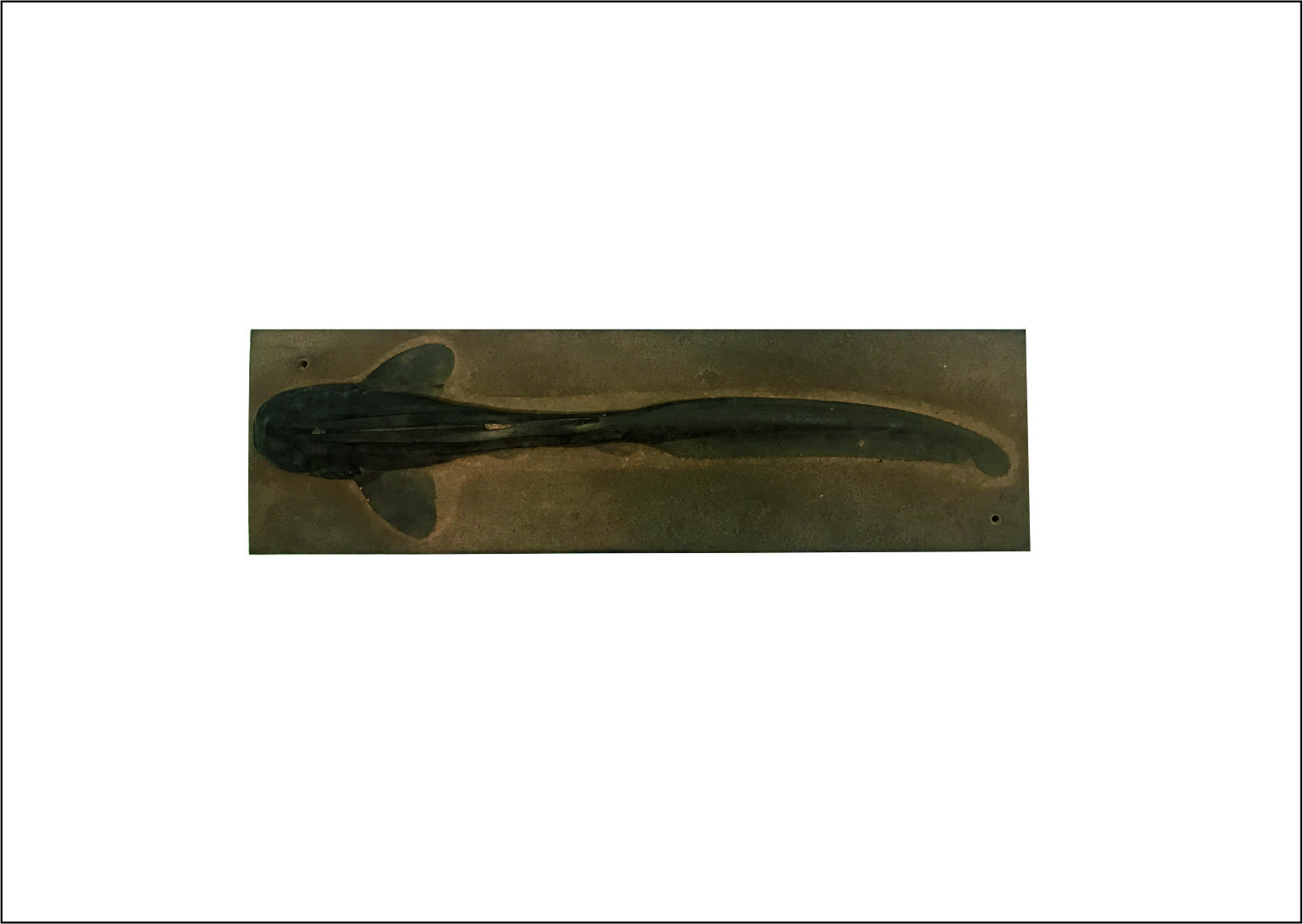
Zebra shark
(Stegostoma fasciatum)
| Class: | Chondrichthyes |
| Order: | Orectolobiformes |
| Family: | Stegostomatidae |
Distribution and Habitat
- Found in the central, western and Indian Pacific oceans. This species is abundant in Australian coastal waters.
- It lives mainly over continental and insular shelves and is very common around coral reefs and sandy bottoms. It generally resides around 62 m below the surface of the ocean, but it has occasionally been found in fresh water also.
About the fish
 It has a moderately stout, cylindrical body with 5 prominent ridges running along the dorsal surface and flanks.
It has a moderately stout, cylindrical body with 5 prominent ridges running along the dorsal surface and flanks.- The head has 5 small gill slits on sides and nostrils are close to the front of the rounded snout which has short barbels.
- The spiracles are as large as the eyes.
- The large pectoral fins are broadly rounded.
- The anterior dorsal fin is larger than the posterior.
- The caudal fin is almost as long as the main body.
- Adults are yellow-brown with dark brown spots while the young are dark in color with white spots and stripes, fading to a pale ventral surface.
- The juveniles’ stripes are what give this species its common name of zebra shark, also longitudinal ridges along the body is absent in the juveniles.
- The dentition is similar in both jaws, with 28-33 teeth in the upper jaw and 22-32 in the lower.
- Maximum size – 2.5 m to 3.0 m
- Sexual maturity – Males 150–180 cm long Females at 170 cm long
- Lifespan – approximately 25-30 years.
- These nocturnal hunters feed primarily on molluscs, crustaceans, small bony fishes, and even sea snakes.
- The species is oviparous, releasing egg cases into the environment.
- Zebra sharks are known to reproduce asexually as well, via parthenogenesis (the development of an unfertilized egg, making the offspring essentially a clone of the mother
- ICUN lists the species as “Endangered”, declines in populations are due to inshore fishery activities and coral reef habitat loss.
